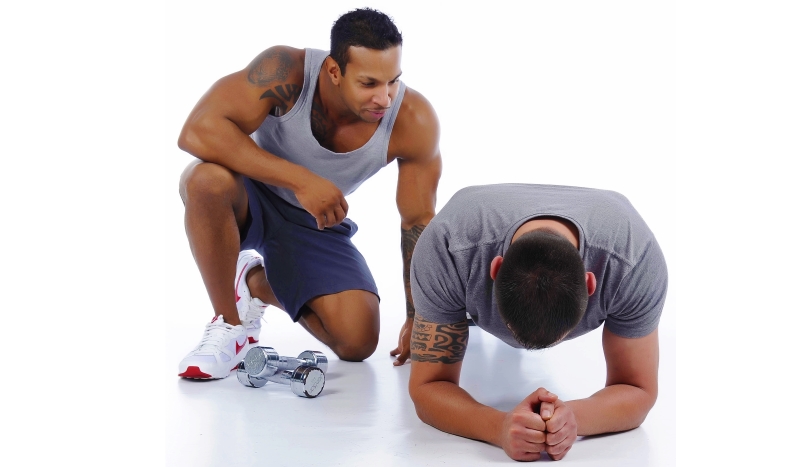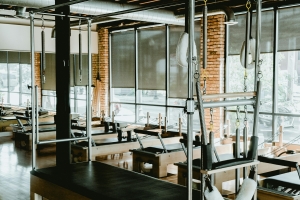Looking After Your Core Muscles

For many a strong core is all about having a flat tummy but in reality it’s much more important than that. It’s crucial in many every day movements and research suggests it is also crucial in ensuring a healthy back.
What Is The ‘Core’?
Your core is in effect your midsection and it involves all your muscles in that area including the front, back and sides. So this includes the traverse abdominis, erector spinae, obliques and your lower lats. These muscles stabilize the body but if they become weak we can experience back pain, protruding waistlines and even difficulty performing everyday tasks like picking our children up or carrying the shopping home. The core has really been under attack for a while now due to the sedentary lifestyles many people are living. The fact that many of us sit down for long periods of the day weakens our core muscles.
The Core and Back Pain
An analysis of research conducted between 1970 and 2011 suggests that core training can substantially reduce lower back pain. In fact the research highlighted that core exercise was better than general exercise for reducing lower back pain and as back pain affects 540 million people around the world you can see how core exercises could really make a difference. Leading on from this it has also been suggested that that there are three core exercises in particular that are crucial here-the curl up, the bird dog and the side bridge. All are low intensity.
The Curl Up
Place your hands under the lower part of your spine, keeping one knee flexed but the other leg straight. Raise your head and upper shoulders off the floor. Placing your hands under the lower part of your spine ensures that you have a neutral curvature, it is important that you don’t flatten your back to the floor. Alternate the bent leg midway through the repetitions.
Birddog
The birddog is a hold that should be held for no longer than 7-8 seconds. Positioning yourself on your hands and knees, you then lift alternate arm and leg at the same time. You then lower them and repeat the hold. Switch sides and continue the same movement lifting alternate leg and arm. This hold challenges the lumbar and thoracic but because alternate arm and leg are used the the spine load is vastly reduced.
Side Bridge
The side bridge targets the lateral and abdominal muscles. The starting point for this exercise is to bridge the body between the elbow and the knees, once this is mastered then you can move on to bridging using the elbow and the feet. You can then vary the move by placing the upper leg foot in front of the lower leg foot.
Things To Remember When Working Your Core
Research would suggest that these exercises are best performed daily but that you don’t continue if they cause any pain in your back. It is also crucial that you get the form right. With this in mind it can be useful to attend a gym class or to use a personal trainer to ensure that you know what you are doing and that you get your form correct from the beginning.
Variety is also key here as boredom is the end of any fitness regime. If you can look at acquiring a TRX suspension trainer or a Swiss ball and of course Pilates could be a great way to work your core.
Other Effective Core Exercises
As far as your back is concerned then crunches and sit ups are now seen as quite hard on your back so go easy on these. Doing a plank however cans use those muscles at the front, side and back of your core. There are many variations on the plank, the key however is to maintain a plank for a small time in good form than a longer time in bad form.
Dead bugs are also a good core exercise. Lie on your back with your arms extended and knees bent at 90 degrees. Keeping your lower back on the floor extend and lower your left leg and bring your right arm up. Repeat with the opposite arm and leg but remember to never let your back arch.





